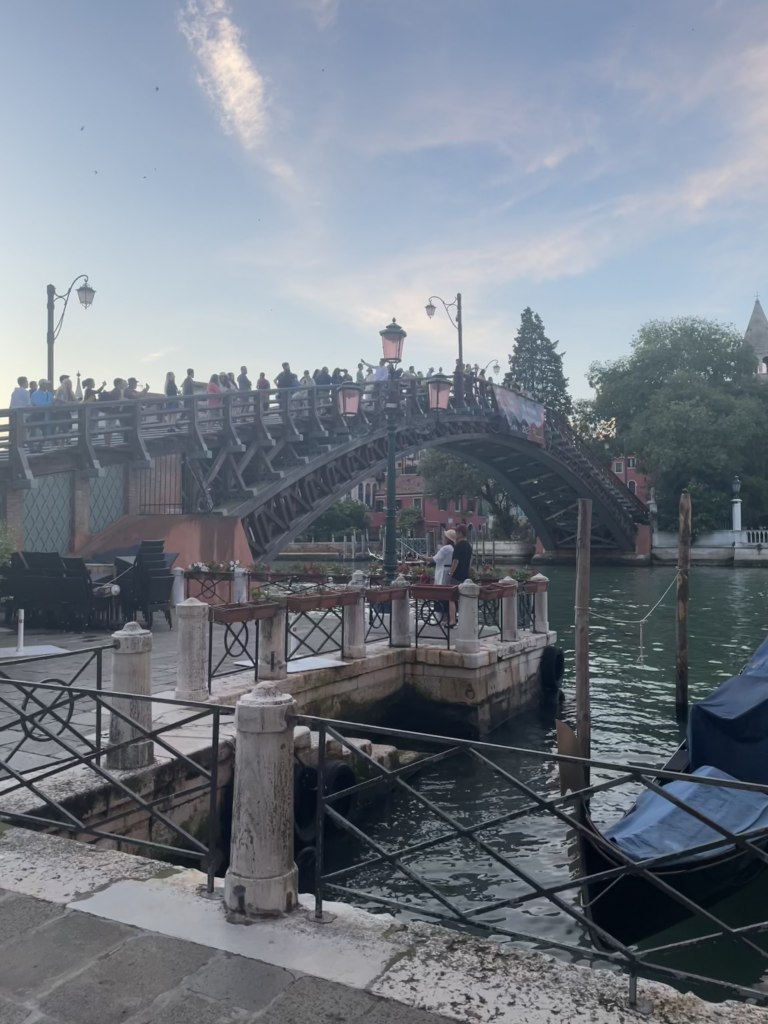Studying abroad can be very similar to most other vacation trips, however there are a couple of major differences. With hindsight, it is pretty easy to think of things that I would have done differently in preparing for this month-long study abroad trip. The main thing that I would have done differently is essentially downsize my luggage by half, as hauling a large suitcase around Europe has proven to be both difficult and embarrassing. There is an extremely high number of bridges in Venice, and a large suitcase can quickly become your enemy. While I did do my research on the weather before leaving for the trip, I had not planned for the different air qualities, walking increases, and cultural tendencies (not much A/C) that I would be immersed into upon my arrival. Packing lightly is definitely the way to go in Europe, especially for a study abroad trip where there will not be many “high-class” attire requirements for the activities in the program.
Another fault of mine is that I wish that I would have come prepared with more foreign currency, as a large majority of places will not accept certain cards and methods of payment. Luckily, I had become good friends with some of the other students participating in my program, where we could simply pay with whoever’s card was accepted and reimburse them using domestic payments (Venmo, CashApp). Most banks back in the US will be able to exchange USD into euros, however there may be a transaction fee or delay in receiving your physical Euros. For Italy, I would recommend arriving with at least 250-500 euros for local travel/food and then withdrawing more from an actual Italian bank later on in the trip. VISA credit cards are accepted almost everywhere, but any other card will be very hit-or-miss and can have large transaction fees that you would want to avoid.

